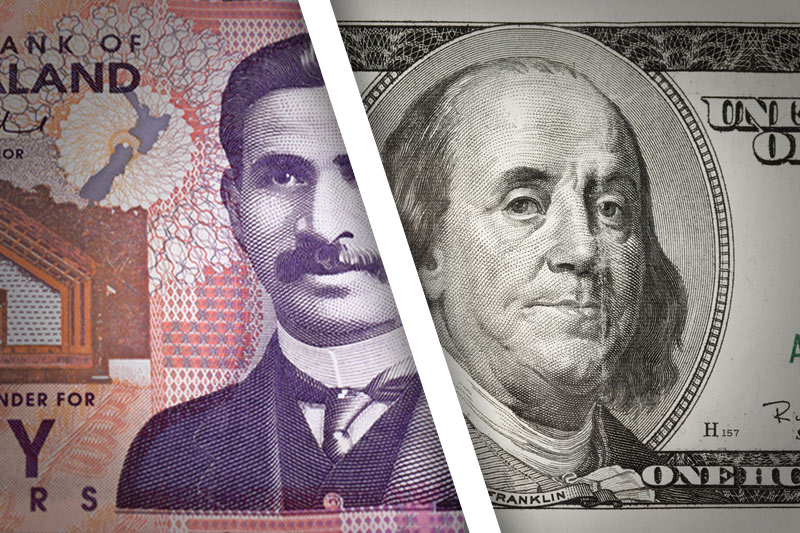Investing.com’s stocks of the week
Investing.com - The New Zealand dollar was higher against its U.S. counterpart on Tuesday, but gains were expected to remain limited by disappointing New Zealand retail sales data.
NZD/USD hit 0.8302 during late Asian trade, the session high; the pair subsequently consolidated at 0.8284, climbing 0.41%.
The pair was likely to find support at 0.8230, Monday's low and a two-month low and resistance at 0.8345, the high of March 21.
Official data earlier showed that retail sales in New Zealand rose 0.5% in the first quarter, less than the expected 0.8% increase, after a 1.9% gain in the previous quarter.
Core retail sales, which exclude automobiles and gas stations, rose 0.6% in the last quarter, disappointing expectations for a 0.7% rise, after a 1.2% increase in the fourth quarter.
Meanwhile, the dollar turned broadly lower as investors locked in profits ahead of a raft of U.S. economic data later in the week, including reports on industrial production, housing starts, inflation and economic sentiment.
Demand for the dollar continued to be underpinned by speculation over a possible near-term exit from the Federal Reserve’s asset purchase program after recent U.S. data indicated that the economic outlook is improving.
The kiwi was higher against the euro with EUR/NZD shedding 0.20%, to hit 1.5697.
Later in the day, the ZEW Institute was to release its closely watched report on German economic sentiment, while the euro zone was to produce official data on industrial production.
NZD/USD hit 0.8302 during late Asian trade, the session high; the pair subsequently consolidated at 0.8284, climbing 0.41%.
The pair was likely to find support at 0.8230, Monday's low and a two-month low and resistance at 0.8345, the high of March 21.
Official data earlier showed that retail sales in New Zealand rose 0.5% in the first quarter, less than the expected 0.8% increase, after a 1.9% gain in the previous quarter.
Core retail sales, which exclude automobiles and gas stations, rose 0.6% in the last quarter, disappointing expectations for a 0.7% rise, after a 1.2% increase in the fourth quarter.
Meanwhile, the dollar turned broadly lower as investors locked in profits ahead of a raft of U.S. economic data later in the week, including reports on industrial production, housing starts, inflation and economic sentiment.
Demand for the dollar continued to be underpinned by speculation over a possible near-term exit from the Federal Reserve’s asset purchase program after recent U.S. data indicated that the economic outlook is improving.
The kiwi was higher against the euro with EUR/NZD shedding 0.20%, to hit 1.5697.
Later in the day, the ZEW Institute was to release its closely watched report on German economic sentiment, while the euro zone was to produce official data on industrial production.
